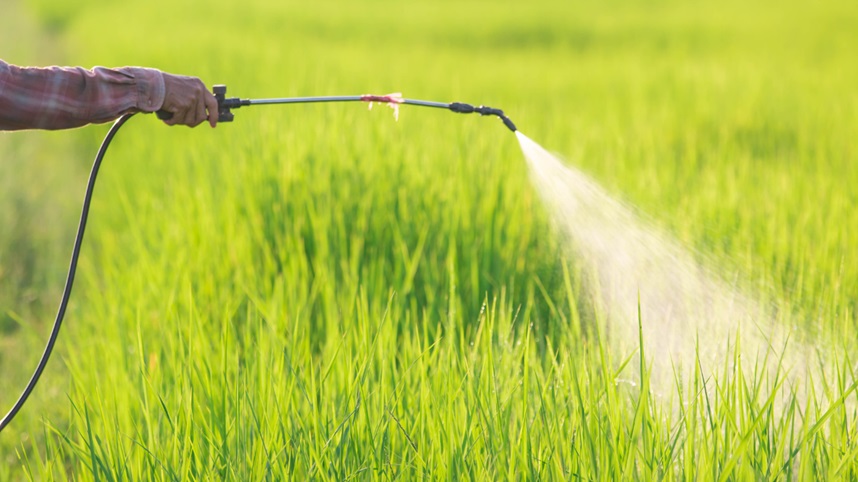
Herbicides vs. Pesticides: What’s the Difference?
Product development in the agrochemical industry has given rise to two major classifications of chemicals used in crop production: herbicides and pesticides. They are both used to protect crops from damage caused by pests, but the way they work is quite different. Understanding the difference between the two will enable you to make more informed decisions on how to go about developing solutions for effective crop protection.
What is the Difference Between Herbicides and Pesticides?
Herbicides are typically used to kill or control weeds, while pesticides are used to kill or control insects, rodents, and other pests. There are different types of herbicides and pesticides that work in different ways, but the main difference between the two is in the way they are applied. Herbicides are usually applied to the soil before crops are planted, while pesticides are typically sprayed on crops that have already been planted. Besides this, herbicides are typically only effective on plants, while pesticides can be effective on both plants and animals.
The other major difference between herbicides and pesticides is that herbicides usually kill plants by targeting their growth, while pesticides kill pests by targeting their nervous system. This means that herbicides are usually less toxic to humans and animals than pesticides, but it also means that they can be more harmful to the environment if they are not used properly. So, for pesticide formulation, while the active ingredient is important, it’s also crucial that the formulation takes into account the target pest, application method, and crop. Overall, both are important in agriculture, with herbicides typically used to kill weeds and pests, while pesticides are used to target specific pests.
How does Product Development Work for Pesticides and Herbicides?
The product development process for pesticides and herbicides is quite different. For pesticides, the process starts with the identification of a problem pest. Once the pest is identified, scientists then work on developing a chemical that will be effective in killing or controlling the pest. The next step is to test the pesticide on a small scale to make sure that it is effective and safe. After the pesticide has been tested and found to be effective, it then needs to be registered with the government before it can be used commercially. In this case, it will also help to know about managing the risks and costs of CDMOs in the agrochemical industry so that you can get the best results and stay on top of things.
The product development process for herbicides is similar, but there are some key differences. First, herbicides are usually developed to control a specific type of weed rather than a specific pest. Second, the testing process for herbicides is usually much more extensive than it is for pesticides. This is because herbicides can be more harmful to the environment if they are not used properly. And once the herbicide has been registered, it can be used commercially without any further testing.
To Conclude
Now that you know the difference between herbicides and pesticides, you can make more informed decisions on how to protect crops. If you need help with product development or registration, be sure to contact a reputable agrochemical company that can assist you. With the right products and the proper registration, you can keep the crops healthy and free of pests.


